Examining the urban landscape reveals the subtle difference between street and avenue layouts, which are crucial elements shaping cityscapes. While both serve as vital conduits, their differences delineate distinct functionalities within a city. Streets, which foster local connections and intimacy, contrast with the grandeur of avenues, which are pivotal to citywide connectivity. The difference between street and avenue networks lies in their scale and purpose, with each making a unique contribution to the urban ecosystem. Together, streets and avenues constitute the fundamental arteries of a city’s navigational grid.
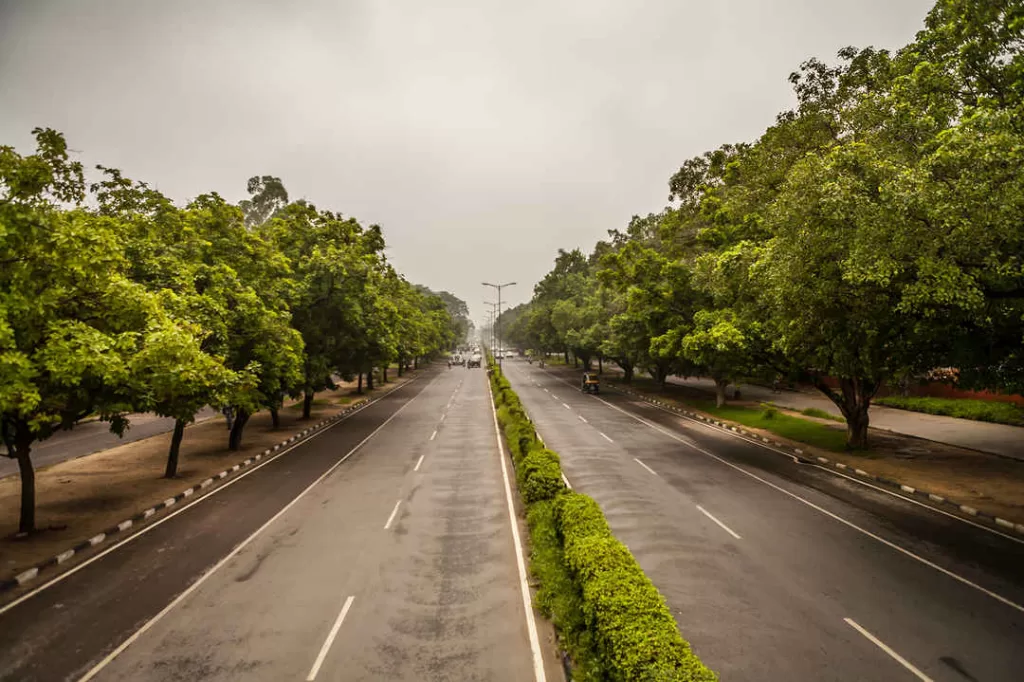
Decoding Urban Veins: The Artistry of Streets
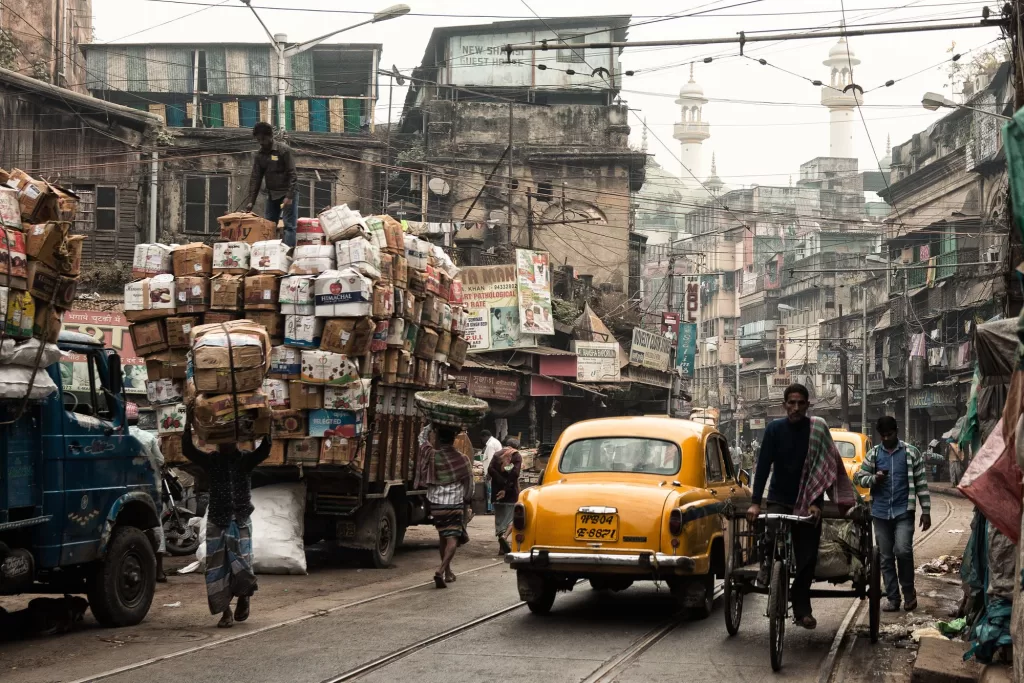
Streets, characterised by their narrower width and local connectivity, weave a tight-knit network within neighborhoods. Streets foster community and intimacy by serving as conduits for daily life, accommodating pedestrian traffic, local businesses, and residential access. They embody the heartbeats of neighbourhoods, facilitating interactions and establishing a distinct local identity.
Avenues of Majesty: Unraveling Urban Arteries

Avenues play a contrasting role within the cityscape. Spanning wider expanses and often traversing the urban expanse, avenues serve as major transportation routes. Their broader layout accommodates higher traffic flow, connecting different districts and hosting an array of commercial enterprises, landmarks, and cultural hubs. Avenues project grandeur and significance, epitomising the pulse of a city’s economic and cultural life.
Deciphering Street vs. Avenue Dynamics
Understanding the contrast between streets and avenues enriches urban exploration, providing insights into the diverse makeup of the city. Whether wandering through the charming streets or immersing in the lively avenues, understanding their significance enhances appreciation for a city’s vibrant tapestry. By understanding these differences, one can delve deeper into the essence of the city, embracing its multifaceted nature and uncovering the stories woven within its diverse thoroughfares. Listed below are the differences between a street and an avenue.
1. Width and Size:
Avenues are generally wider than streets, providing more space for traffic flow. They frequently have multiple lanes to accommodate higher volumes of vehicles, while streets tend to be narrower and may have fewer lanes, emphasising a more local and slower-paced environment.
2. Purpose and Function:
Streets primarily facilitate local access within neighbourhoods, connecting residential areas and local businesses. They serve as smaller-scale conduits, fostering community interactions. Avenues, on the other hand, are often major thoroughfares designed to facilitate traffic flow between different parts of the city, host larger businesses and commercial activities, and serve as primary transportation routes.
3. Land Use and Surroundings:
Streets typically exhibit a more residential character, featuring homes, small shops, and neighbourhood parks. Avenues, being broader and accommodating more traffic, often showcase a mix of commercial enterprises, larger buildings, cultural landmarks, and more substantial urban development.
4. Speed and Traffic:
Streets usually have lower speed limits, designed for local traffic, pedestrians, and cyclists, encouraging a safer and slower-paced environment. With their wider layout and multiple lanes, avenues allow for faster-moving traffic, accommodating higher speeds and larger volumes of vehicles traversing the city.
5. Naming Conventions:
Though not a strict rule, streets often have names like “Elm Street,” “Commercial Street,” or numerical designations, emphasising their localised nature. Avenues may bear the names of famous landmarks and important figures or be labelled with sequential numbers to denote their significance as major city arteries facilitating travel and transportation.
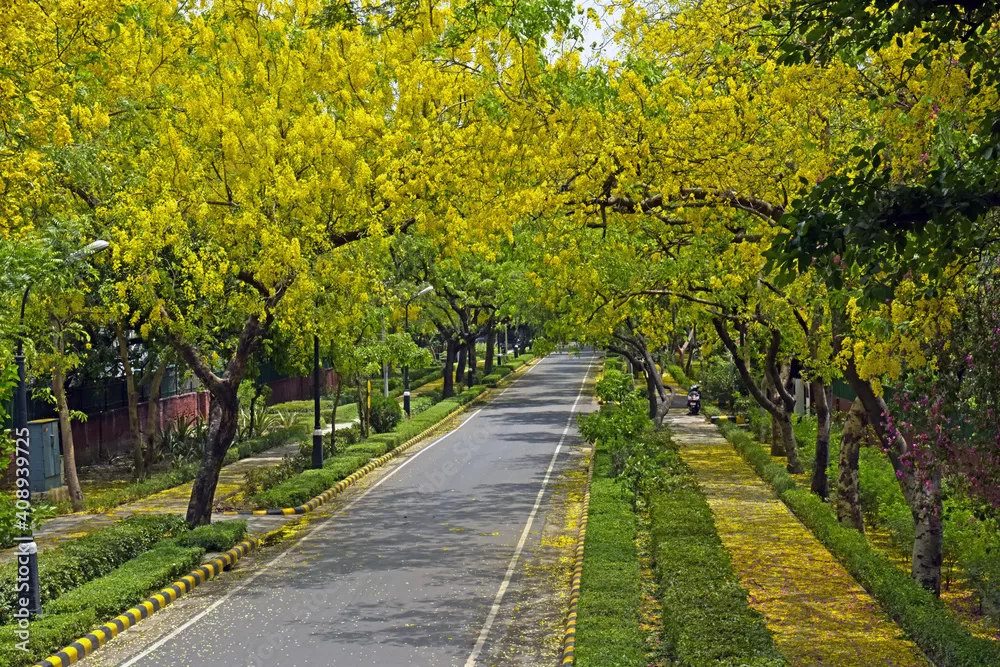
India’s Enchanting Streetscape: 3 Remarkably Beautiful Streets
1. Mall Road, Shimla
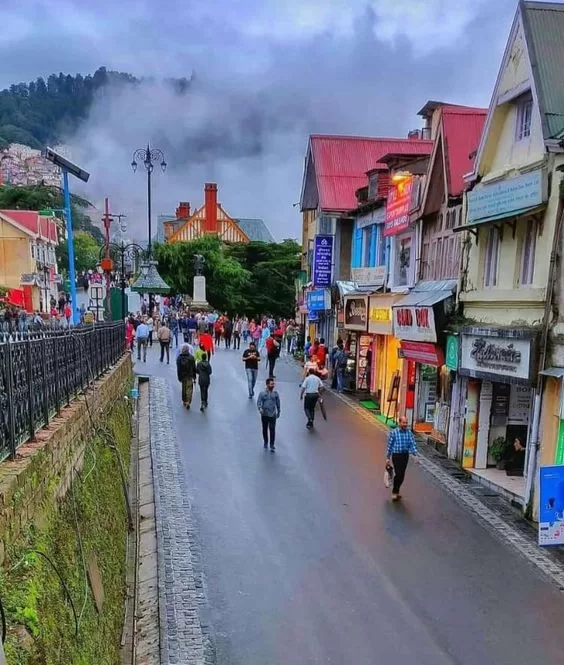
Mall Road in Shimla stands as a prime example of a vibrant and well-designed street. Nestled in the heart of the city, this bustling thoroughfare boasts colonial-era architecture, offering a picturesque view of the Himalayas. Lined with a diverse array of shops, restaurants, and boutiques, it fosters a pedestrian-friendly environment. Its well-maintained pathways, traffic regulations, and a blend of local culture and commercial vibrancy make it an exemplary and inviting street for residents and tourists alike.
2. Seigneurie Street, Pondicherry

Seigneurie Street, nestled within Pondicherry’s enchanting French Quarter, stands as a testament to the area’s colonial charm. Adorned with vibrant bougainvillaea and colonial-style facades, it exudes an old-world allure. This cobbled street hosts quaint cafes, art galleries, and boutique stores, showcasing a blend of French and Tamil cultures. With its serene ambiance, preserved heritage buildings, and a delightful mix of art and history, Seigneurie Street epitomises the timeless elegance of Pondicherry’s French Quarter.
3. Chandni Chowk, Old Delhi

Chandni Chowk, an iconic street in Old Delhi, pulsates with vibrant energy and historical significance. Its bustling ambiance envelops visitors in a tapestry of colours, scents, and sounds. This marketplace, adorned with narrow lanes, offers a sensory feast with its diverse array of street vendors, aromatic spices, intricate fabrics, and delectable street food. Chandni Chowk is a cultural kaleidoscope where ancient charm meets modern commerce, drawing crowds to experience its lively atmosphere and centuries-old heritage.
India’s Enchanting Streetscape: 3 Strikingly Beautiful Avenues
1. Rajpath, New Delhi
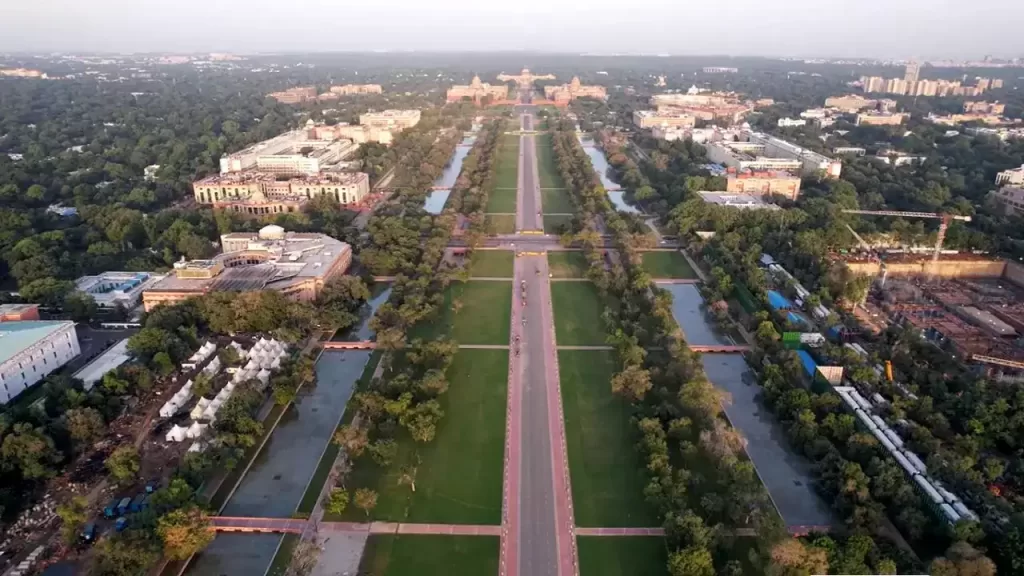
Rajpath, the grand ceremonial boulevard in New Delhi, epitomises architectural splendour and meticulous design. Lush lawns and expansive vistas flank this iconic avenue, which showcases symmetrical perfection, aligned with impressive structures like India Gate and Rashtrapati Bhavan. Its wide, straight expanse serves as a canvas for national parades and celebrations. Adorned with rows of trees and meticulously manicured gardens, Rajpath’s design encapsulates the essence of grandeur and serves as a symbol of India’s rich heritage and cultural significance.
2. Avenue Roads, Chandigarh
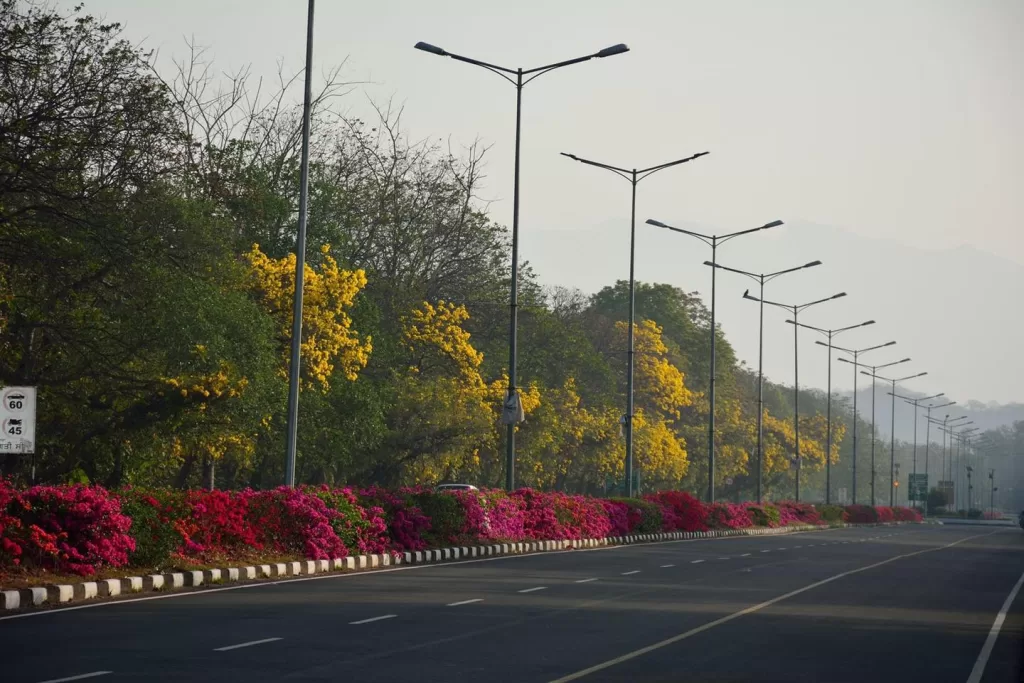
Chandigarh’s Avenue Roads exemplify meticulous urban planning, mirroring Le Corbusier’s innovative design principles. These broad, tree-lined thoroughfares, including Madhya Marg and Jan Marg, form the city’s lifelines. With expansive sidewalks, lush greenery, and separate lanes for pedestrians and vehicles, these avenues prioritise safety and aesthetic appeal. The grid-like network of these roads seamlessly integrates into Chandigarh’s modernist architecture, fostering a harmonious coexistence of functionality and scenic beauty within the city’s landscape.
3. Marine Drive, Mumbai
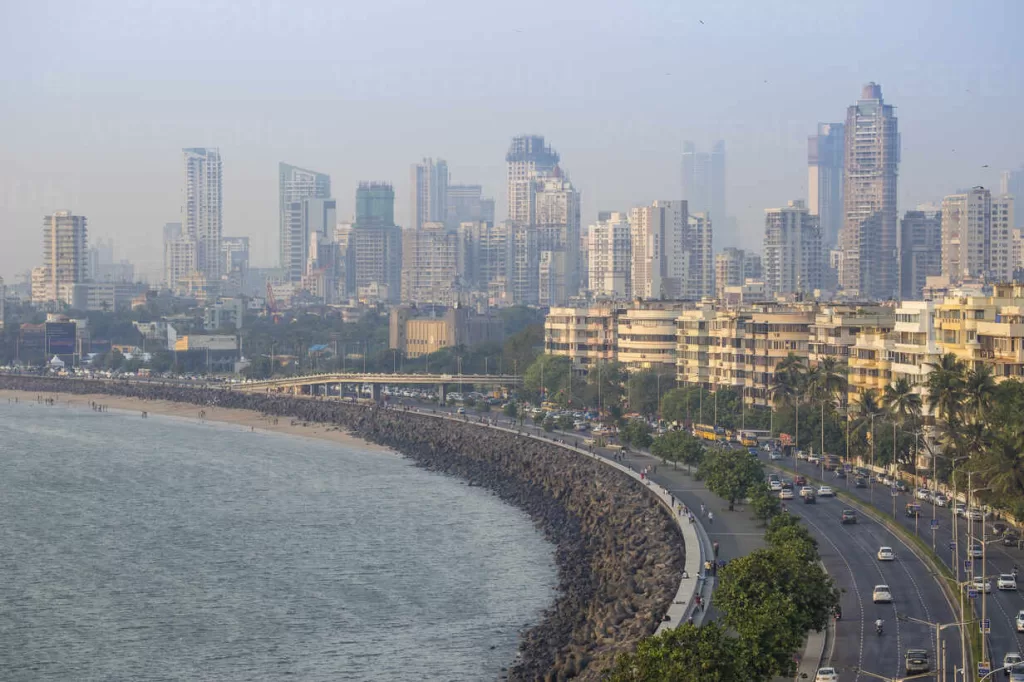
Marine Drive in Mumbai stands as an exquisite example of an iconic coastal avenue. Embracing the majestic curve along the Arabian Sea, this boulevard is an urban marvel adorned with palm-lined promenades and captivating sunset views. Its graceful arc, often likened to a glittering necklace after dusk, hosts recreational spaces and overlooks the sea, captivating locals and tourists alike. Marine Drive epitomises an idyllic blend of scenic beauty, urban planning, and communal allure, making it an iconic waterfront destination.

In the Indian urban landscape, differences between street and avenue roads weave a tapestry of urban diversity. Streets, fostering local ties, create vibrant community hubs, while avenues, with their grandeur, shape the city’s connectivity. Understanding the differences between street and avenue networks is pivotal to crafting inclusive urban spaces. Both play crucial roles, nurturing neighbourhood life and facilitating citywide movement. By acknowledging the nuances between street and avenue layouts, cities in India can harmonise these thoroughfares, fostering a balanced urban ecosystem. Embracing these differences between street and avenue roads enables cities to evolve into dynamic, culturally rich environments that cater to diverse needs and aspirations.
Content Writing And Research By: Ar. Rochelle Dayal
The post Difference Between Street and Avenue: A Thoroughfare Tale appeared first on The Architects Diary.
Leave a Reply